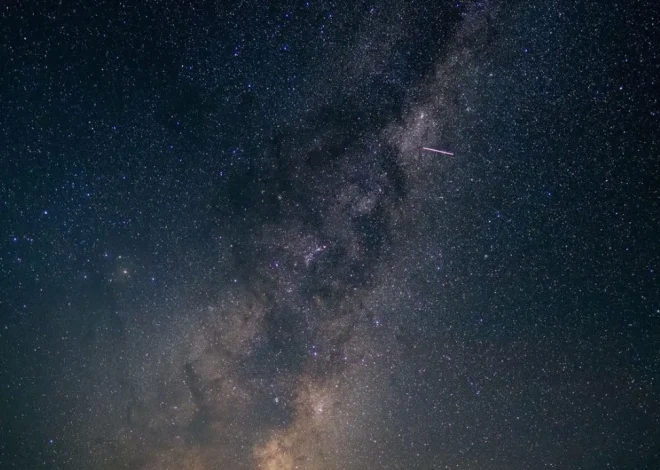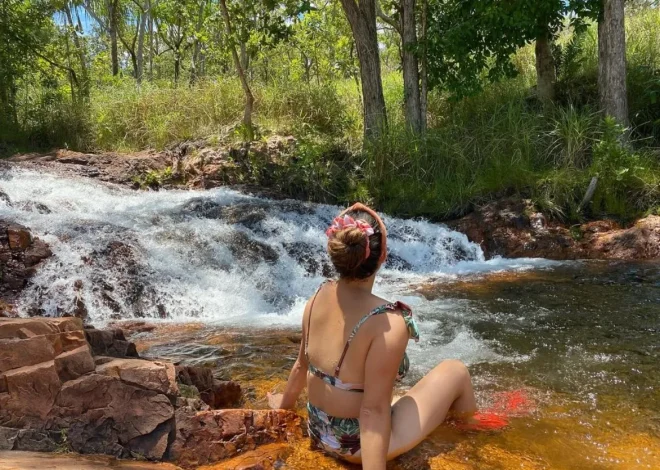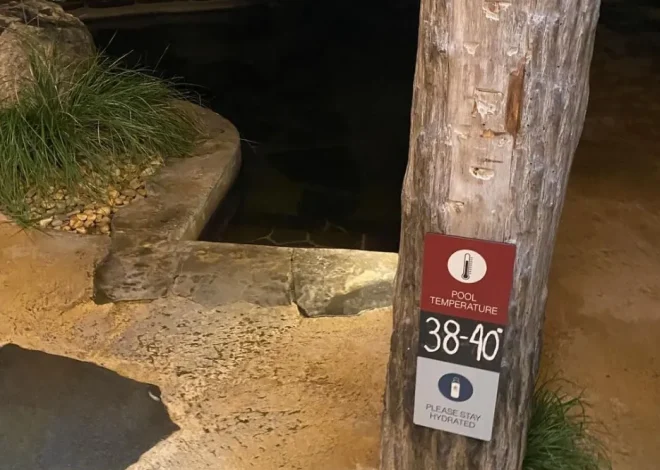
The Unique Wildlife of West MacDonnell Ranges: A Nature Lover’s Paradise
Landscapes and walking trails abound in this wildlife paradise for nature lovers, home to species that thrive in the desert. From rare marsupials to colourful birdlife, the West MacDonnell Ranges Tjoritja is an experience you’ll never forget if you love Australian wildlife. Whether you’re coming from Alice Springs or traversing Central Australia, this is a must-see for nature enthusiasts. For those short on time, day trips from Alice Springs are a fantastic way to explore the region’s stunning scenery and unique wildlife without missing out on any of its highlights.
Diverse Ecosystem
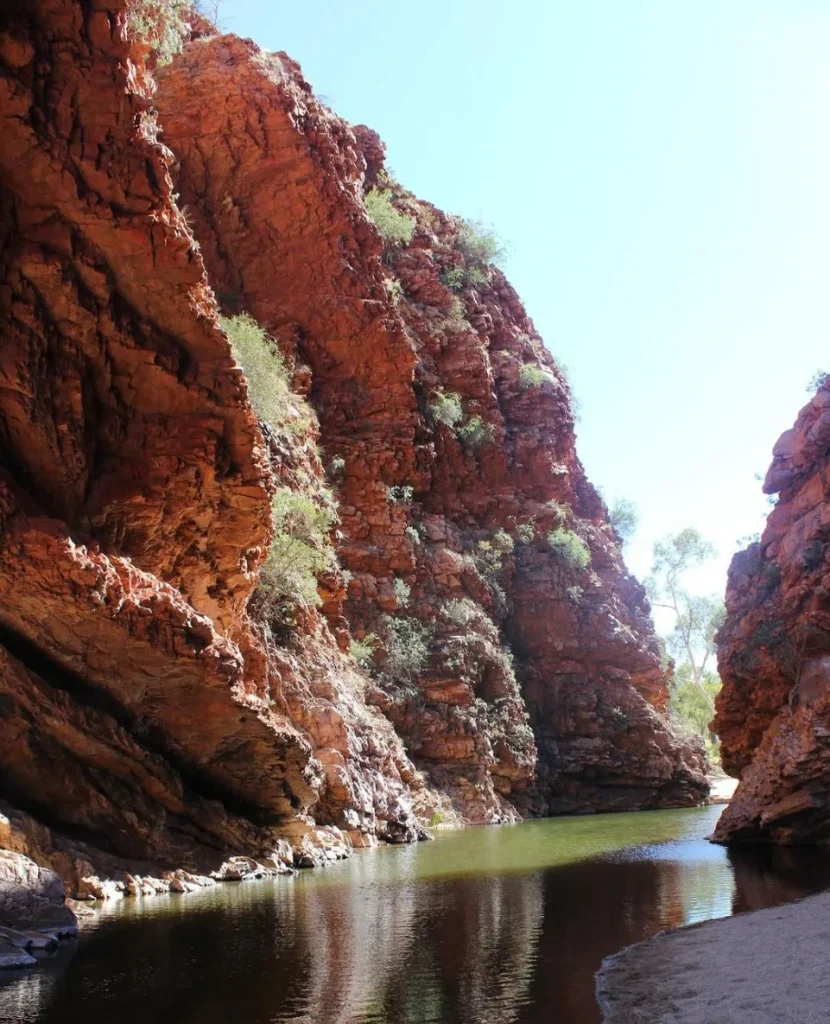
The West MacDonnell Ranges have a remarkable diversity of wildlife, species that are adapted to the harsh outback conditions. Despite the desert landscape the region is alive, a vibrant and resilient ecosystem. From rocky gorges to dry creek beds and waterholes the landscape is home to many different habitats, each with its own species. The fact the range can support so much flora and fauna in what seems like an impossible environment is a testament to the amazing adaptability of its wildlife.
Along with the well-known mammals and reptiles, the area is home to a vast array of insects and invertebrates that are crucial to the ecosystem. Some of these species are so specific to the West MacDonnell Ranges that they can’t be found anywhere else on Earth. This makes the ranges not just a nature lover’s heaven but a critical area for conservation and scientific research. For visitors who want to get under the skin of Australian nature, the West MacDonnell Ranges is a window into the delicate balance of life in the desert.
Iconic Mammals

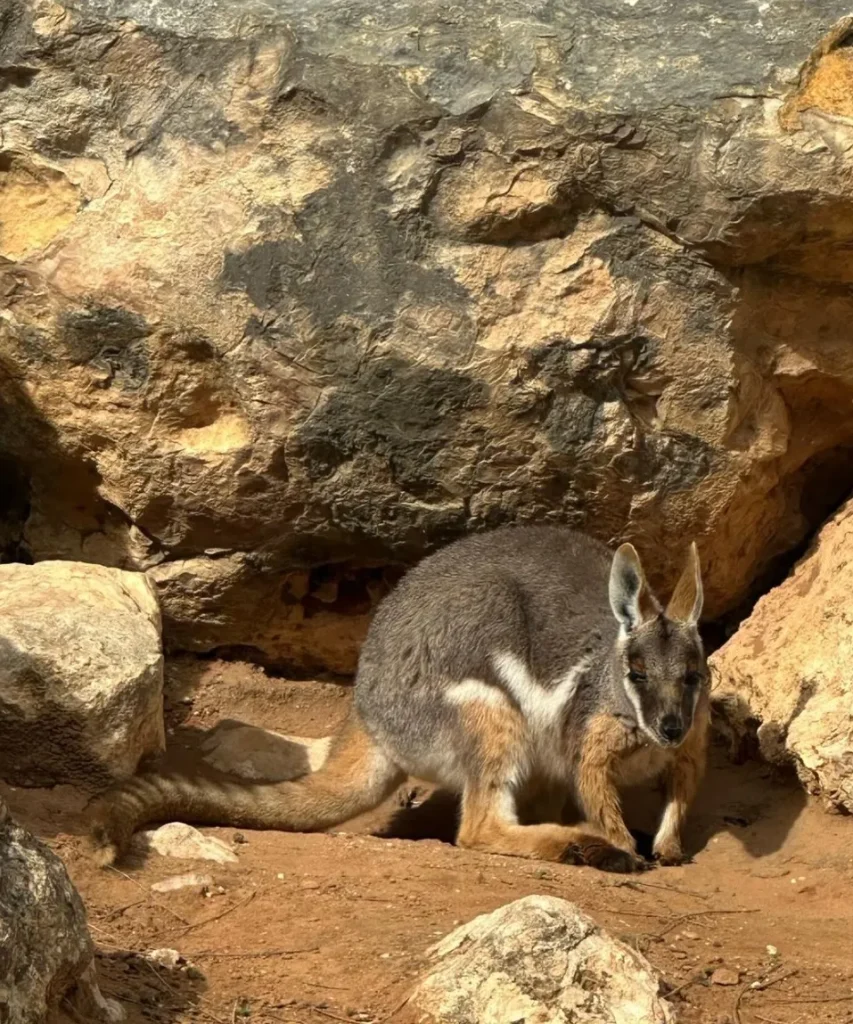
One of the best of the West MacDonnell Ranges is the Black-footed Rock Wallabies. These agile marsupials have adapted perfectly to the rocky outcrops that dot the landscape, and their acrobatic leaps from boulder to boulder are a sight to see. Their good camouflage and shy nature make them a real treat to spot for visitors, especially in areas like Simpsons Gap, where they are most commonly seen. These wallabies are the symbol of the region’s wildlife and a great example of how animals have mastered the rugged landscape of Central Australia.
In contrast, the Centralian Tree Frog gives us a glimpse into the secret life of the region. Found in the cool, shady crevices of rock faces, this rare amphibian lives in the desert environment, hiding during the day and emerging at night when the temperatures drop. Adding to the mammalian diversity is the Short-beaked Echidna, one of only a few egg-laying mammals on the planet. Their spiny backs and digging habits make them a great sight, especially around Glen Helen Gorge, where they dig for ants and termites. Spot one in the early morning or late evening, and you’ll never forget the diversity of life in the desert.
Birdwatcher’s Paradise

For bird lovers, the West MacDonnell Ranges is a birdwatcher’s paradise and is rival to some of the best in Australia. There are over 180 species of birds, and the varied landscapes – rocky ridges to permanent waterholes – are perfect for resident and migratory birds. The Spinifex Pigeon, with its red crest and striking plumage, is one of the stars of the show, often seen strutting across the rocky ground. The tiny Mistletoebird adds splashes of red to the landscape as it flits between trees, eating mistletoe berries.
More patient visitors may be rewarded with a sighting of the Grey Falcon, a rare bird of prey that is hard to see but a thrill when seen soaring above the mountains. Early morning visits to waterholes like Ellery Creek Big Hole or Ormiston Gorge are the best time to see the wide range of birdlife as they congregate to drink. These waterholes not only support the birds but are a peaceful spot for visitors, with the ancient rock formations and stunning sunsets the region is famous for. Birdwatching in the West MacDonnell Ranges is a combination of rich biodiversity and spectacular landscapes that are hard to find anywhere else.
Reptiles of the Red Centre

The West MacDonnell Ranges is a reptile lover’s paradise, a window into the world of desert reptiles. The most notorious is the Western Brown Snake, one of the most venomous snakes in the world. Despite their fearsome reputation, they are rarely seen by visitors as they avoid human contact and are most active during the hottest part of the day when most tourists are seeking shade. The real stars of the reptile show here are the lizards. Species like the Centralian Blue-tongue Skink are everywhere in the ranges, using their bright blue tongues to scare off predators.
The most iconic desert reptile is the Thorny Devil, a small but spectacular lizard covered in thorns. These little guys have evolved to survive in the desert by absorbing water through their skin, a remarkable adaptation to the harsh conditions. The landscape itself, with its ancient rock formations and scrubby vegetation, is the perfect setting for these reptiles. As you walk through the Red Centre, you’ll see how the reptiles blend in with their surroundings, each species a master of disguise in this unforgiving environment.
Aquatic Life in the Desert
You might be surprised to know that the West MacDonnell Ranges has permanent waterholes that support a wide range of aquatic life in this desert environment. The waterholes, often fed by underground springs, are lifelines for both aquatic and terrestrial animals and are biodiversity hotspots. Fish species like the Spangled Perch live in these isolated water bodies and are incredibly resilient to the desert’s changing conditions. These little fish can survive in tiny pools that would be hostile to other species, so you can see how tough desert wildlife is.
As well as fish, the waterholes are home to freshwater crustaceans like yabbies and more. The waterholes at Finke River are special, not just for the wildlife that depends on them but also as cultural sites tied to Aboriginal history. For visitors, they are a peaceful oasis in the middle of the desert where you can relax, swim or just take in the untouched beauty of the West MacDonnell Ranges.
Conservation
The wildlife of the West MacDonnell Ranges is under threat from climate change and habitat destruction and the spread of invasive species like feral cats and rabbits. But there are conservation efforts underway to protect this fragile environment. National parks like Finke Gorge National Park and Ormiston Gorge are key to this, providing protected areas where wildlife can live. These parks are managed to maintain the balance of the ecosystem while allowing visitors to experience it responsibly.
Conservation programs also work with the local Aboriginal communities, whose knowledge of the land is essential to protecting the area’s natural values. Indigenous land management techniques, including traditional fire practices, are being used in modern conservation work to sustain the ecosystems of the West MacDonnell Ranges. You can help by staying on track, not littering and supporting organisations that protect native wildlife. The long term survival of this natural wonder depends on all of us – conservationists, locals and mindful travellers.
Summary
By visiting the West MacDonnell Ranges, you will see the stunning landscape and its tough inhabitants and gain a greater appreciation for the balance of life in the Australian outback. From the Black-footed rock wallabies gliding across the rocky cliffs to the Grey Falcon soaring above, every encounter will give you a glimpse into the amazing adaptations that allow these animals to survive in this harsh environment. As you walk through the ancient gorges and visit the peaceful waterholes, you will see how important these ecosystems are to life in the desert. Your visit will help with the conservation efforts, so you can help protect this nature lover’s paradise for future generations. Whether you are a wildlife enthusiast, a photographer, or just someone who loves the peace of untouched nature, the West MacDonnell Ranges are an experience that is as enriching as it is unforgettable.
FAQs
What animals are found in the West MacDonnell Ranges?
Black-footed Rock-wallaby, Centralian Tree Frog, Centralian Blue-tongue Skink etc.
When is the best time to see wildlife in the West MacDonnell Ranges?
Early morning and late afternoon are the best times to see wildlife, as animals are more active during cooler parts of the day. Plan your visit to include Simpsons Gap and Glen Helen Gorge.
Are there any dangerous animals in the West MacDonnell Ranges?
Western Brown Snake is venomous but rare. Most wildlife in the area is harmless to humans as long as you are responsible and respectful.
Can I see birds all year round in the West MacDonnell Ranges?
Yes, the region is a birdwatcher’s paradise all year round, with over 180 species of birds, including the Spinifex Pigeon and Grey Falcon.
How can I visit the West MacDonnell Ranges responsibly?
Stick to the tracks, don’t disturb the wildlife and consider supporting local conservation projects to help protect this unique environment. This way, the native wildlife and their habitats will be preserved for future generations to enjoy.
